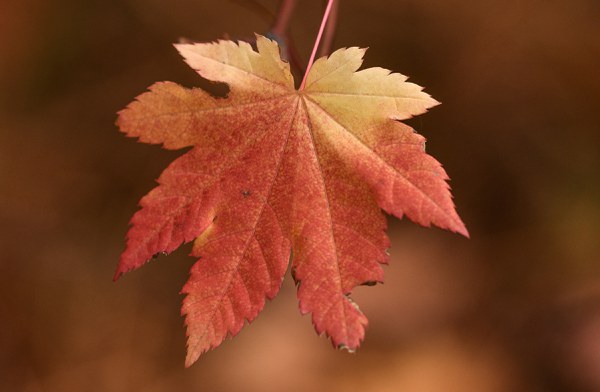It’s the time of year when the leaves are just starting to turn color, and soon will be falling! Imagine the satisfying crunch they make beneath boots on a tree-lined trail. Or the toasty fragrance of dried leaves lingering on cool, crisp air. I love the fall!
But why do we call it that? And what’s going on with those leaves after all?
These months between summer’s heat and smoke and winter’s frosty chill make up the only season on our calendar that still has two names! In medieval times this season was called harvest, because it was when the crops were brought in from the fields. Eventually, harvest came to refer only to the work of farming, rather than to the time of year that work happened in.
An inheritance from Roman times, people would also refer to this time of year as autumn. The Latin word autumnus means “the passing of the year" and marked the end of the Roman year. The winter months would bring on the start of New Year’s festivities! We still use the word autumn today.

But fall has rather more poetic origins. During the 1500s people would refer to the early part of the year, when buds and sprouts were springing up all over, as “the spring of the leaf." Later, it became common to call the opposite side of the year, when those grown leaves began to litter forest paths, “the fall of the leaf.”
After the American Revolution, the British stuck with the more traditional “autumn.” In the U.S., our forebears decided “fall of the leaf” was more modern and American.
But why do leaves fall anyway?
Leaves convert sunlight into sugars that a tree can use as food. But keeping leaves healthy takes a lot of energy. When days get shorter, less sunlight produces less sugar. This makes it costly for the tree to hold onto its leaves. Hormone changes in the tree triggers the production of abscission cells, which act like tiny surgeons. These little scissor cells cut the leaf from its branch while building a layer of scar tissue. In this way, the tree never has an open wound the way it does if a green leaf is torn off in spring or summer. Once the cutting is complete, the tree throws off its leaves—but “throwing of the leaf” doesn’t have quite the same ring to it!

You can witness this process in person on one of our Fall Colors hikes! And be sure to see the Western larch in its beautiful autumnal gold—one of only five conifer species that shed their leaves!
Sources:
- Why is Autumn the Only Season with Two Names? Slate.com
- The Reason Why Americans Refer to Autumn as 'Fall' MentalFloss.com
- Fall etymonline.com
- Why Leaves Really Fall Off Trees Krulwich Wonders, NPR.com
- Why Do Trees Lose Their Leaves? Forestry and Land Scotland
Learn more:
- Looking for Larch
- Fall Colors Walks + Hikes
- Enjoy Fall With a Hike on the Lake Creek Trail
- Fall Craft Idea: Leaf Rubbings!


